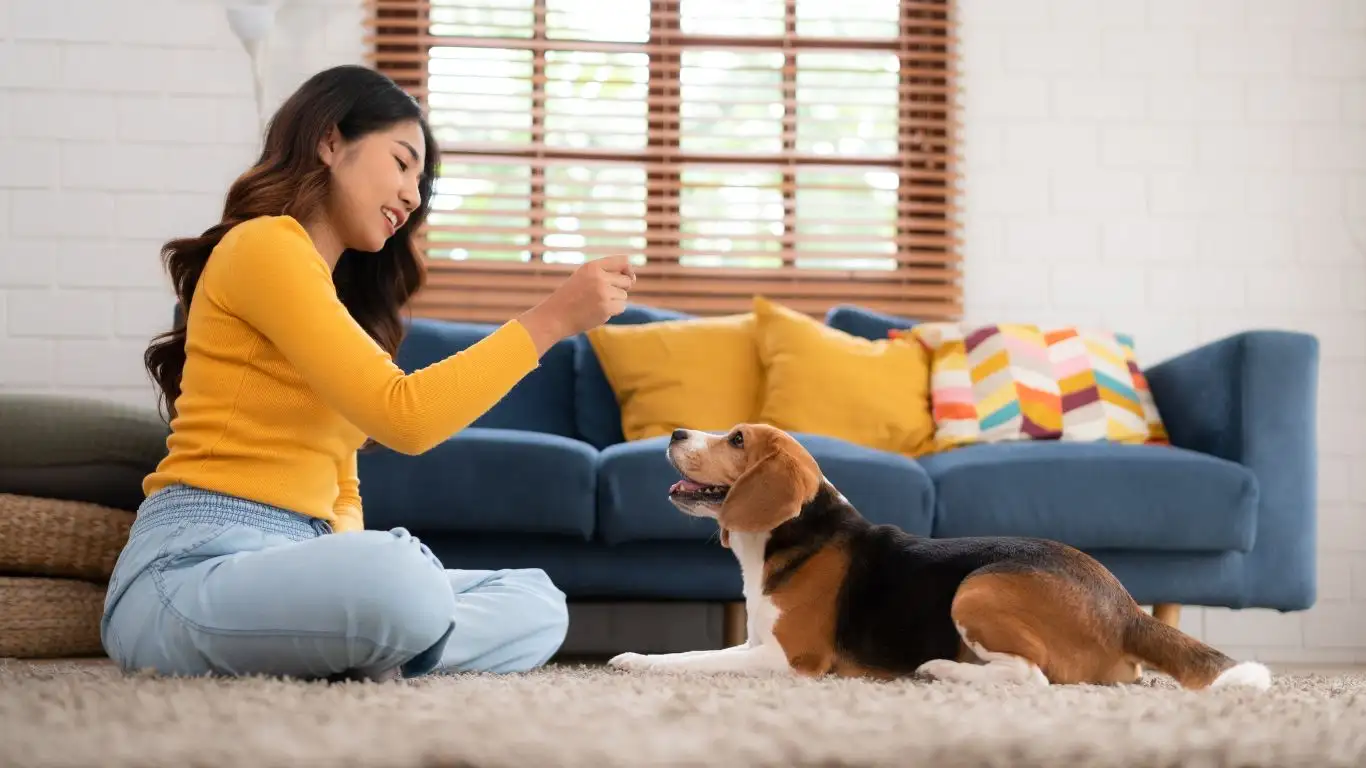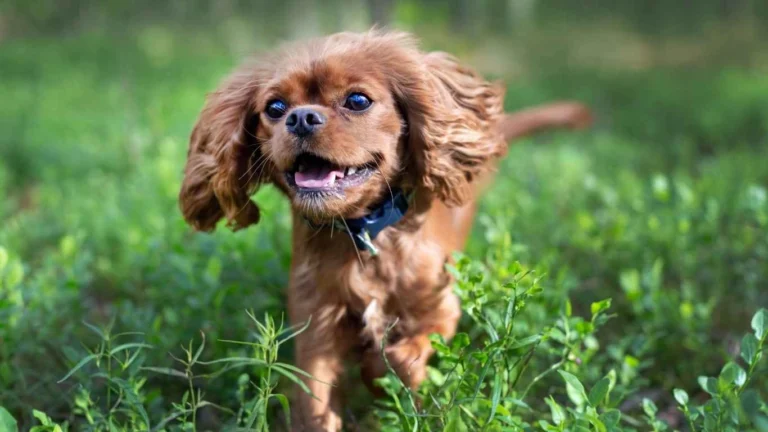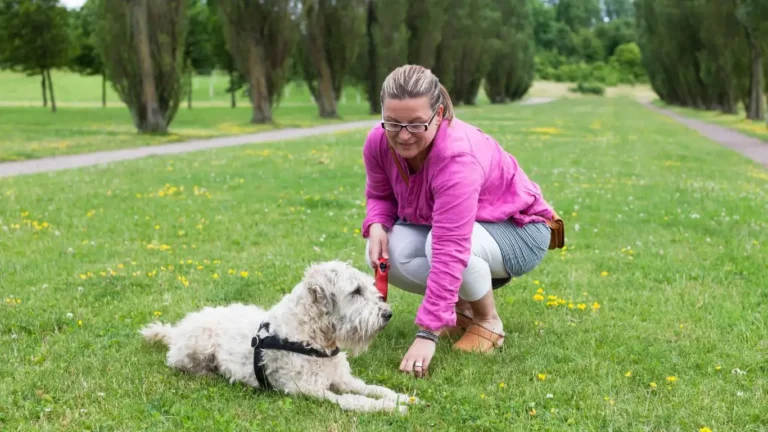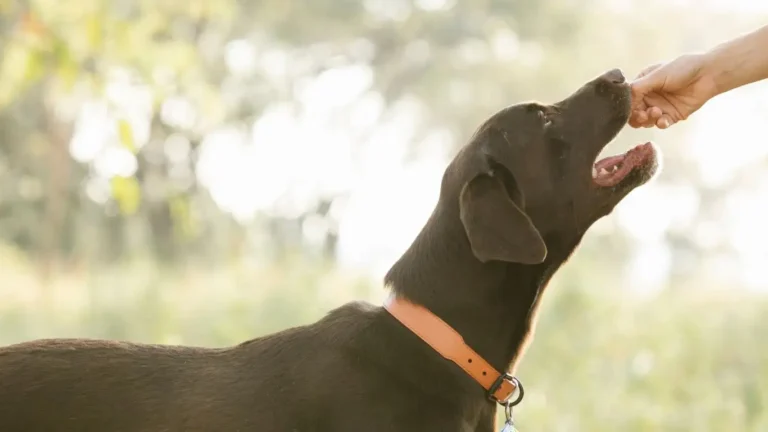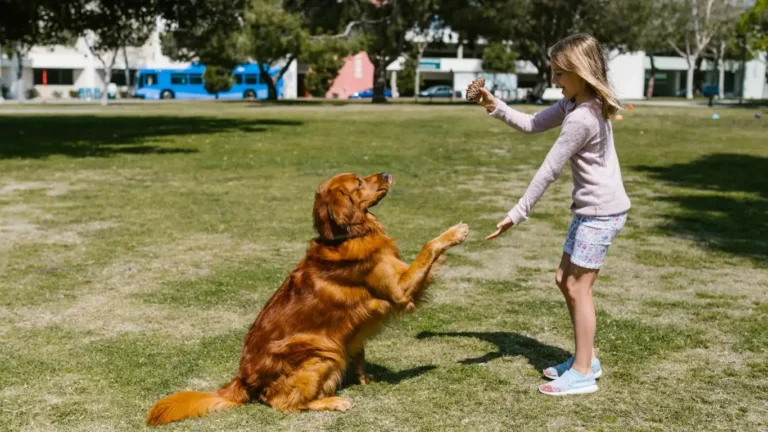How to Train Your Dog to Accept Eye Cleaning: A Step-by-Step Guide to Success
Let’s be real — how to train a dog to accept eye cleaning isn’t the sexiest topic, but if you’ve ever tried to wipe goop out of your dog’s eye only to have them squirm like a fish on a line, you know how important it is. As a Canine-Assisted Therapy Trainer, I’ve worked with hundreds of dogs over the years — from nervous rescues to confident therapy companions — and believe me, even the most obedient pup can freak out when you come at their face with a cotton pad. The good news? It doesn’t have to be a struggle. With some patience, the right steps, and a little empathy, you can turn eye cleaning from a battle into just another part of your dog’s chill grooming routine.
Why Eye Cleaning Matters More Than You Think
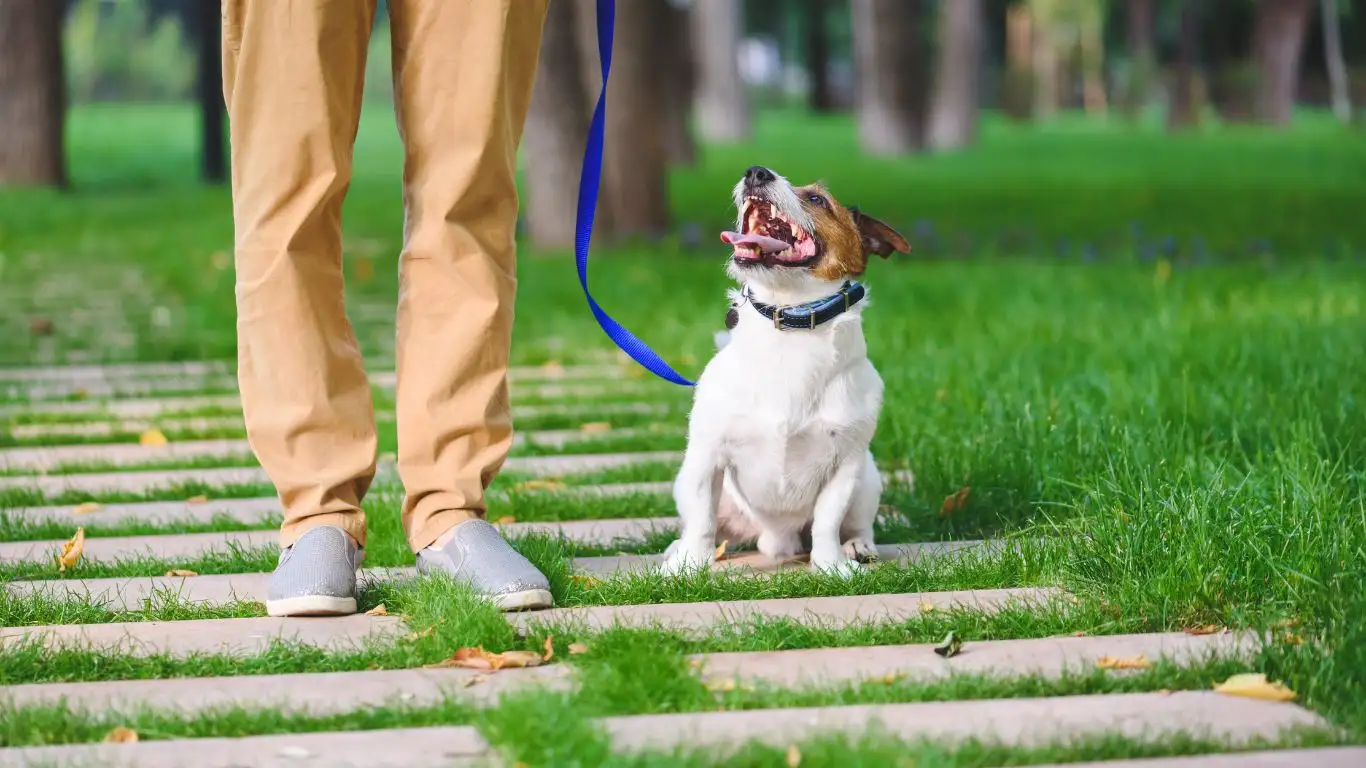
We usually think of grooming as brushing fur or trimming nails, but your dog’s eyes need regular attention too. Dirt, pollen, and even eyelashes can cause irritation or infections if left unchecked. Especially in breeds with bulging or prominent eyes like Pugs, Shih Tzus, or Frenchies, those peepers are sensitive!
From a wellness perspective, clean eyes can prevent more serious issues down the road. I had one sweet therapy Poodle named Benny who kept pawing at his eye during hospital visits. Turned out he had a mild case of conjunctivitis — something that could’ve been caught and eased early on with regular cleaning. Ever since then, I’ve emphasized this often overlooked skill with all my therapy dog handlers.
Start with Trust: The Emotional Foundation of Grooming
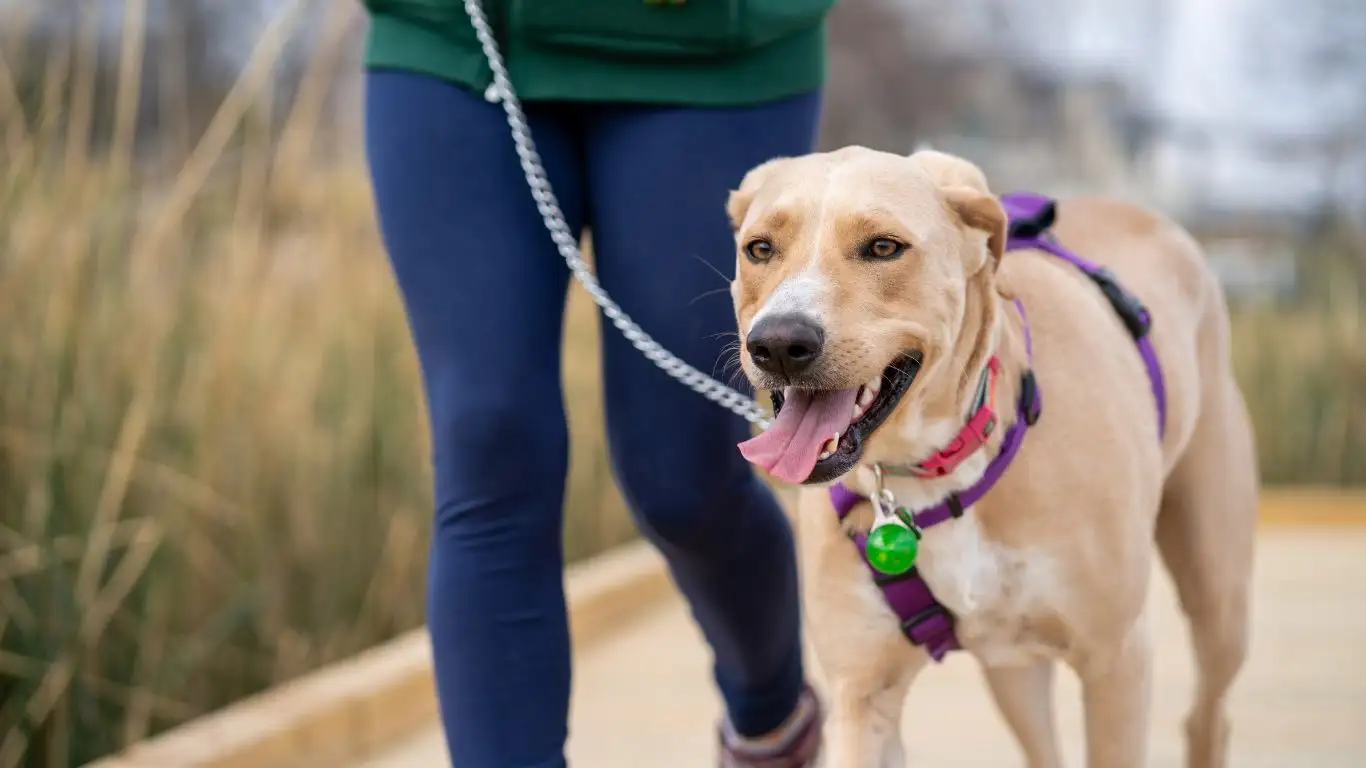
This might sound fluffy, but building trust is the first and most crucial step in teaching your dog anything — especially something that feels invasive like eye cleaning. You wouldn’t want someone poking around your eyeballs without warning either, right?
Read Your Dog’s Signals
Before even touching their face, take a second to notice your dog’s body language:
- Relaxed ears, soft eyes, and a loose tail usually mean they’re comfortable.
- Lip licking, yawning, or turning away can signal stress or discomfort.
- Some dogs may even freeze up — don’t mistake this for calmness, it’s often fear-based shutdown.
Use those cues to pace your training. Go slow, reward often, and keep sessions short and sweet. One of my clients, a young Border Collie named Luna, used to backpedal the second someone touched her face. By incorporating gentle desensitization games into playtime, she eventually started leaning *into* the hand rather than dodging it.
How to Train a Dog to Accept Eye Cleaning Without the Drama
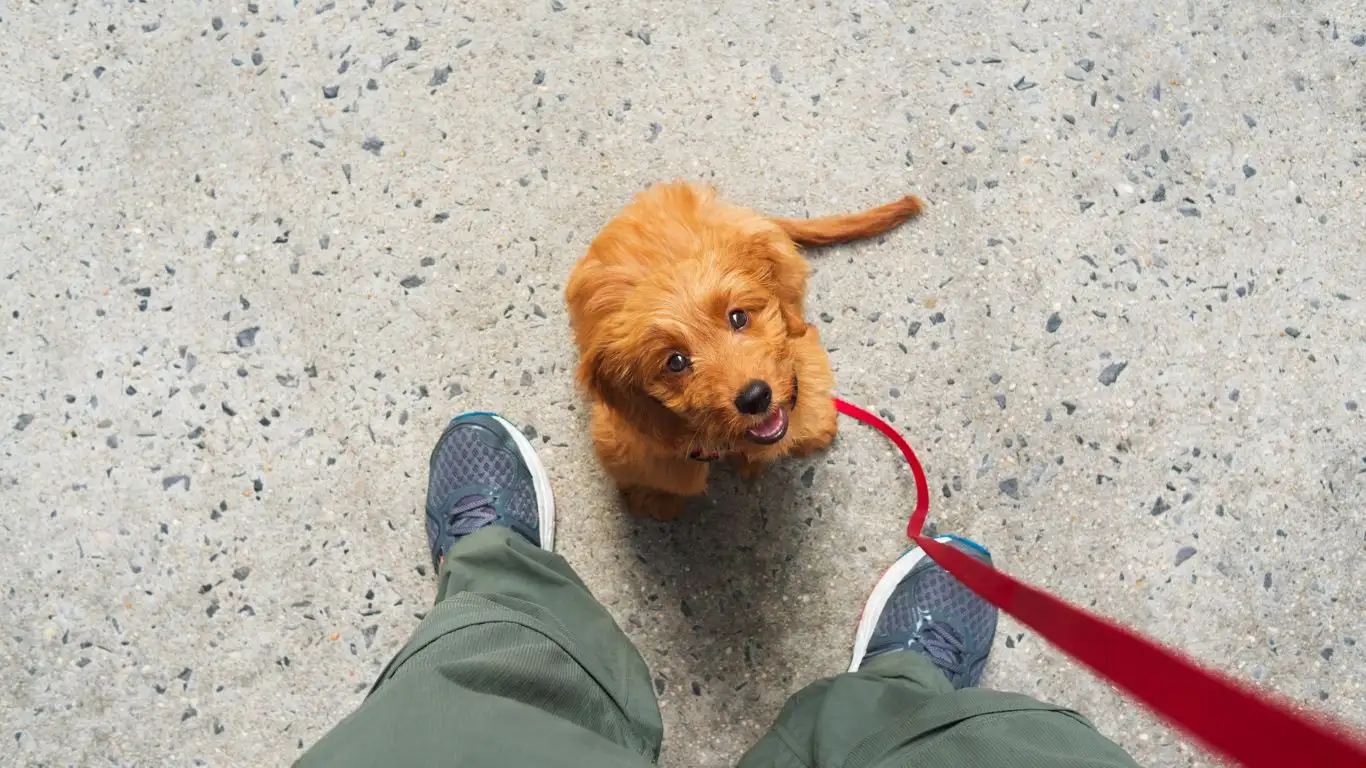
1. Introduce the Tools, Not the Action
Before you even try to clean, just get your pup used to the items you’ll use:
- A soft, damp cotton pad or a vet-approved eye wipe
- Your hands gently approaching their face
Let them sniff everything. Praise and reward every calm interaction. You’re not cleaning yet — you’re just saying, “Hey, this is part of life now, and it’s safe.”
2. Create a Calm Environment
Choose a quiet time when your dog is already relaxed. I like doing this after a walk when they’re mellow. Sit beside them or even on the floor at their level. No need to tower over them like a vet visit.
3. Use Positive Reinforcement Like It’s Going Out of Style
Any time they let you touch near their eye? Treat. Let you hold a wipe close to their face? Jackpot. You’re shaping their behavior by reinforcing each tiny step. The key here is consistency and patience. I’ve seen anxious rescue dogs transform with just five minutes of positive conditioning a day.
4. Practice Without Pressure
Think of early sessions like rehearsals. You might not even clean the eye at first — just mimic the motion:
- Touch your dog’s cheek gently.
- Move your fingers slowly toward the corner of their eye.
- Hold there for a second, then reward and release.
Repetition builds comfort. Comfort builds confidence. And that leads to real progress.
5. Don’t Restrain, Support
Big mistake I see people make? Holding their dog too tightly. It triggers panic. Instead, try:
- Using a soft towel or blanket around their body to keep them calm.
- Cradling their head gently with one hand while cleaning with the other.
I often demonstrate this technique during therapy dog workshops — and it always surprises handlers how quickly dogs respond when they feel supported rather than restrained.
Next up, we’ll dig deeper into real-life troubleshooting: what to do if your dog is still freaking out, how to work with squirmy puppies, and when to bring in the pros (like your vet or a certified trainer).
Common Challenges and How to Work Through Them
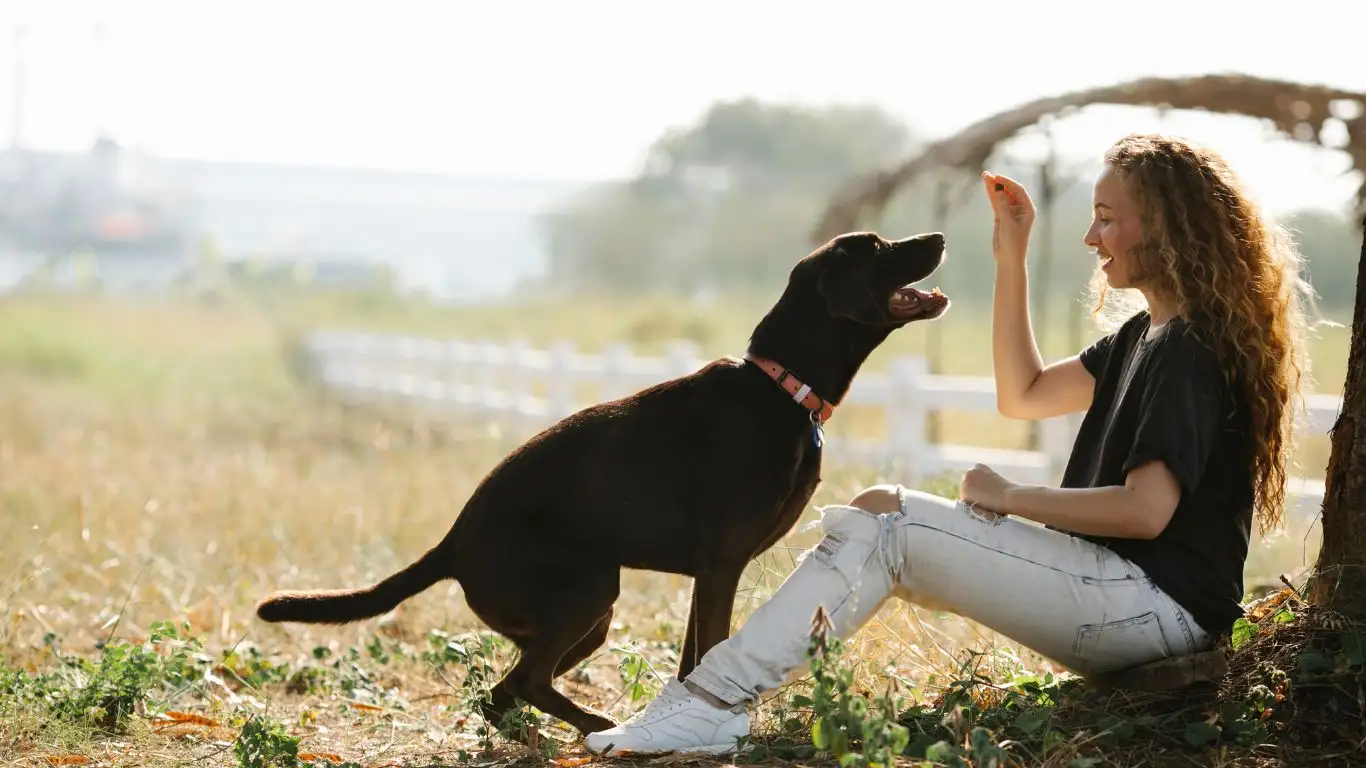
So maybe you’ve started with the basics, followed the trust-building steps, and yet… your dog still acts like you’re trying to steal their soul every time you go near their eyes. Yep, I’ve been there too. Let’s talk about the curveballs — the messy middle that most guides skip over.
When Your Dog Pulls Away Every Time
This is probably the most common reaction I see. One Labrador in our therapy dog group, Bruno, used to yank his head back every single time someone approached with a tissue. What worked for Bruno was counter-conditioning — pairing the trigger (eye wipe) with something amazing (cheese — his kryptonite).
Instead of wiping his eye directly, his handler would hold the wipe nearby, then immediately offer a nibble of cheese. Gradually, she’d close the distance, day by day. After a week, he was letting her dab near his eyes like it was nothing. No force. No panic.
Dealing with a Squirmy Pup
Puppies are adorable chaos. They wiggle, nibble, and often have zero chill. For those little fur-torandos, don’t fight the squirm — channel it. Try turning eye cleaning into part of a play-and-train session:
- Start with a few minutes of tug or fetch to burn energy.
- Then shift to calm time with a chew toy while you practice gentle touches near the eye.
- Keep actual cleaning short — even a single swipe is a win early on.
One of my students, a Beagle pup named Olive, only stayed still when chewing a frozen Kong. Her owner started doing “Kong cleaning” sessions, and within a couple of weeks, Olive was letting her clean both eyes without fuss — because the association was positive and predictable.
Extreme Fear or Aggression Around the Face?
If your dog shows signs of fear-based aggression (growling, snapping), pause training. You may need a certified trainer to guide you through desensitization safely. Don’t rush it. You’re working on rebuilding emotional safety.
In my professional experience, dogs don’t bite out of nowhere — they bite when all other forms of communication have been ignored. Respect the warning signs, and go at a pace that feels safe for both of you.
Making Eye Cleaning a Routine — Not a Chore
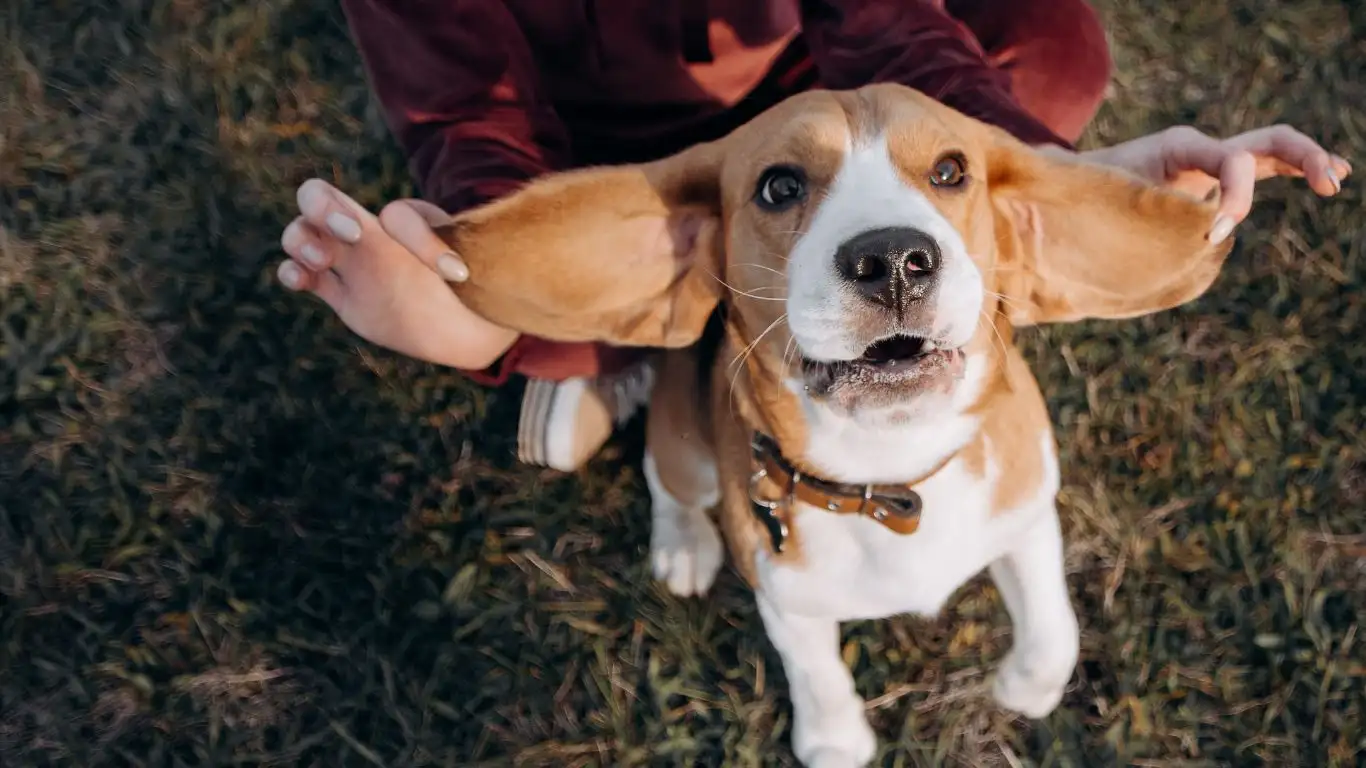
Here’s the golden rule: consistency builds confidence. The more you weave eye cleaning into your daily or weekly routine, the less intimidating it becomes. Dogs thrive on patterns and predictability. If something happens regularly and nothing bad comes of it, it just becomes part of life — like morning walks or treat time.
Find Your Groove
You don’t need to do a deep clean every day — just a gentle wipe every few days can be enough to keep buildup away. I personally do it every 3–4 days for my Golden Retriever, Maple. We’ve built it into our bedtime routine. She hops on the couch, gets a little face massage, and I sneak in a quick eye check while we wind down.
Use the Right Products
This matters more than you think. Some wipes or solutions can sting or irritate. Look for:
- Vet-recommended eye wipes with soothing ingredients like aloe or chamomile
- Fragrance-free and alcohol-free formulas
- Clean, soft materials — never use paper towels or rough fabric
If you’re unsure, ask your vet. That adds another layer of E-E-A-T — turning to credible, expert sources before using anything near your dog’s sensitive areas.
Involve the Whole Family
If multiple people help care for your dog, get everyone on the same page. That includes using the same cues, the same tools, and following the same steps. In one household I worked with, Dad was super gentle, but the teenage son tried to rush the process. The inconsistency confused their dog, who started avoiding both of them.
Once we coached the family into creating a shared routine — and even made it a bonding activity — their dog, a sweet Husky named Juno, relaxed. Now she flops over for eye wipes like it’s part of getting a treat.
What If You’re Still Struggling?
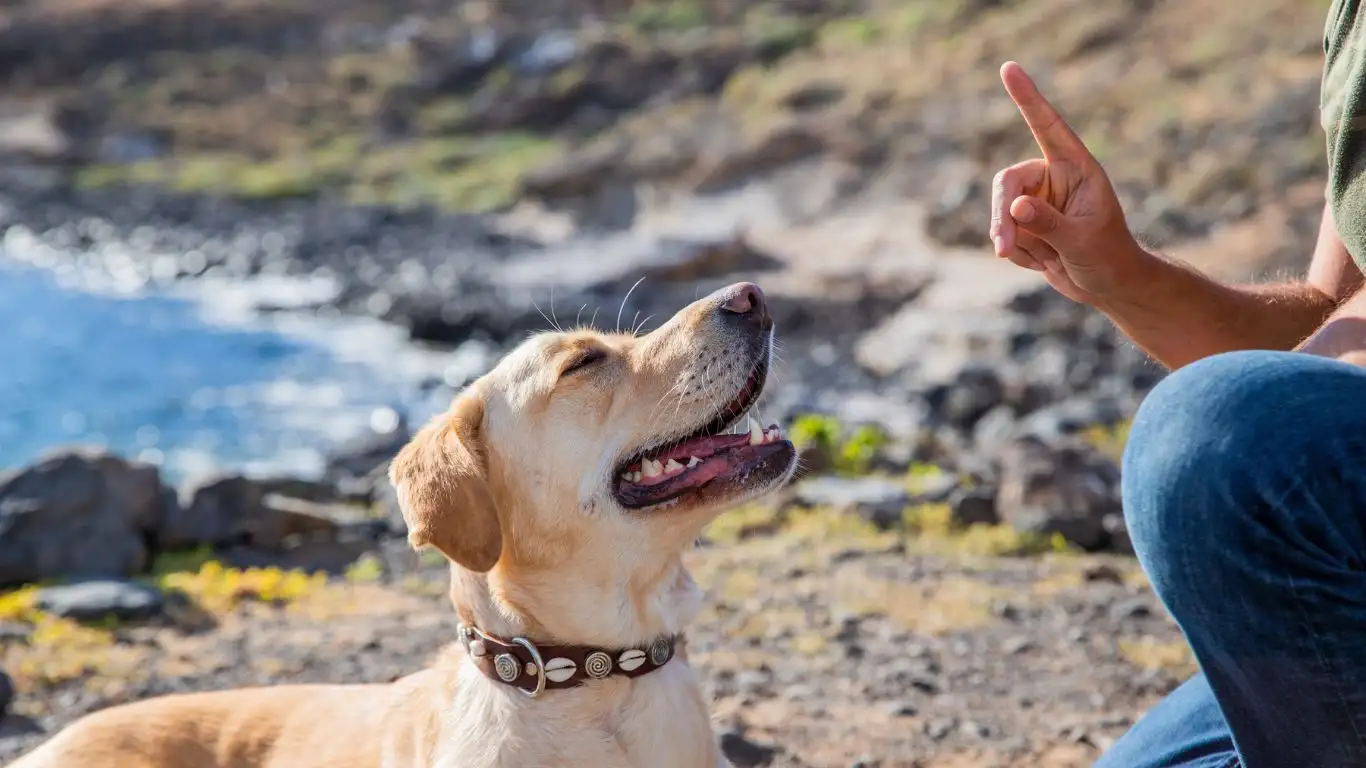
Time to Call in the Pros
If you’ve tried building trust, using rewards, and keeping things low-key — but your dog is still showing signs of fear or discomfort — don’t feel like a failure. Some dogs need a bit more help, and that’s okay. A vet or certified trainer can:
- Check for any underlying medical issues causing sensitivity
- Demonstrate safe and gentle handling techniques in person
- Create a customized training plan tailored to your dog’s emotional needs
I had a client once who swore their dog “just hated eye cleaning.” Turns out the poor pup had an undiagnosed corneal ulcer. After proper treatment and some rehab work with me, the dog came around beautifully. Moral of the story? Don’t rule out medical causes too quickly.
Bonus Tip: Practice with a Plush Toy
This one’s more for you than your pup. Practice your movements on a stuffed animal first — especially if you’re nervous about doing it wrong. Confidence on your part = reassurance on theirs. Dogs pick up on our energy like pros. The more relaxed you are, the more they will be too.
Next, we’ll dig into breed-specific eye care, age considerations, and how to transition from training mode to maintenance mode — especially for senior dogs and therapy pups who interact with lots of people.
Breed-Specific Eye Care: Tailoring Your Approach
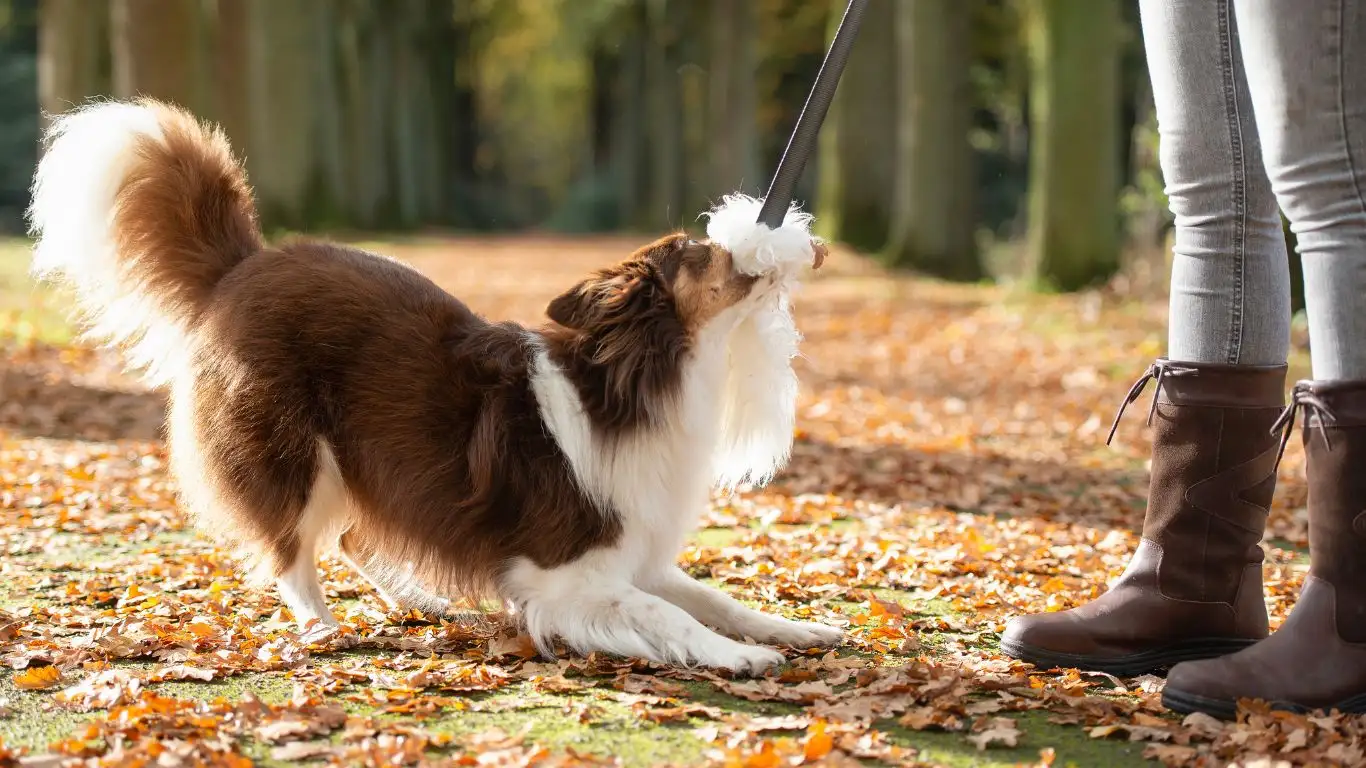
As you’ve likely noticed, not all dogs are created equal when it comes to grooming. Some breeds, especially those with prominent or bulging eyes, need extra care when it comes to eye cleaning. Understanding your dog’s breed and their specific needs can make all the difference in your training approach.
Breeds with Protruding Eyes
Let’s start with the obvious — dogs like Pugs, French Bulldogs, and Shih Tzus, whose eyes are more exposed and prone to irritation. These dogs often have a higher risk of things like dry eye, conjunctivitis, or even corneal ulcers if their eyes aren’t regularly cleaned and protected.
For these breeds, gentleness is key. Their eyes are more vulnerable, so you want to avoid applying too much pressure when cleaning. I recommend starting with a soothing saline solution to clear away dirt and debris, followed by wiping gently with a soft cloth. Don’t forget to reward your dog for their patience — positive reinforcement works wonders for these sensitive-eyed pups.
Breeds with Deep Set Eyes
Breeds like Boxers, Bulldogs, and some Terriers, while not as prone to bulging eyes, often have deep-set eyes that can collect debris and fluids. Regular wiping is just as important for them, especially since their eyes can easily become dry or irritated. The goal with these dogs is to clean the corners of their eyes without causing discomfort. It’s easy to overlook these areas, but with a simple wipe every few days, you’ll help keep potential problems at bay.
Again, the key to success here is gradual desensitization. Try slowly working your way into their routine, especially if your dog is a little skittish around grooming. Don’t push too fast — let them get comfortable with the idea of you approaching their face.
Eye Care for Senior Dogs: Adapting the Routine
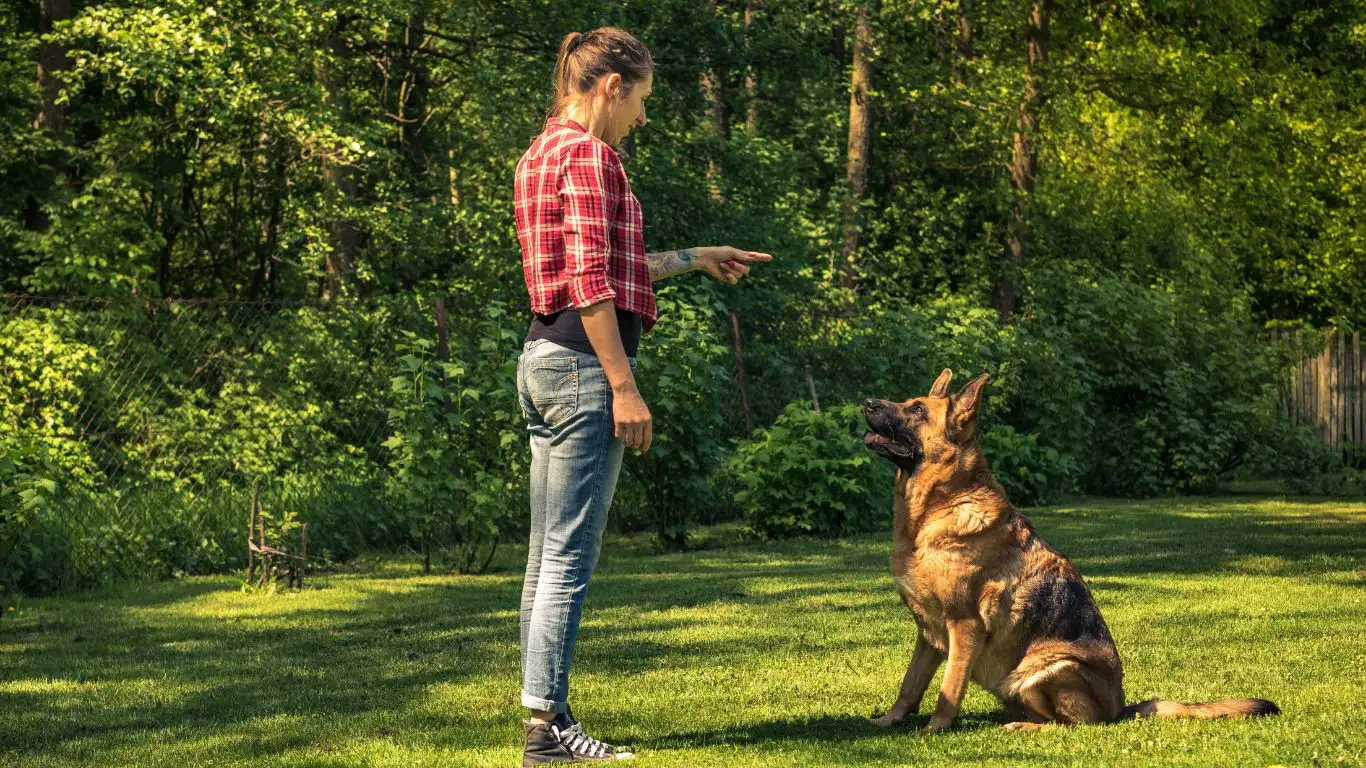
Just like us, dogs change as they age. Senior dogs might not be as spry as their younger counterparts, and their eyes can become more prone to issues. As dogs grow older, they might develop conditions like cataracts or dry eye, which makes regular eye cleaning even more crucial.
Changing Needs in Older Dogs
For senior dogs, their eyes might also get cloudier or drier, which can make cleaning a bit more challenging. You might notice your older dog has more discharge around the eyes, or their eyes appear irritated more often. This can sometimes be a sign of a medical issue, so it’s essential to visit your vet to rule out underlying problems.
In my experience, a lot of older dogs can be more sensitive to touch around their faces. One senior therapy dog I worked with, a Golden Retriever named Max, had cataracts and wasn’t as receptive to grooming. But with some patience and consistency, Max’s handler found that adding short grooming sessions throughout the day, paired with gentle handling, worked best. Max still loved his eye-cleaning time, and it became a routine they both enjoyed.
When to Seek Professional Help for Senior Dogs
If your senior dog is showing signs of eye irritation that just won’t go away, or if you notice more significant issues like excessive squinting, redness, or discharge, it’s time to consult with your vet. Sometimes eye issues are indicative of systemic health problems or infections that require medical intervention.
In fact, even subtle changes in your dog’s behavior can signal a need for a professional opinion. Senior dogs are masters at hiding discomfort, but if they start to avoid eye cleaning or paw at their face more than usual, take it as a sign to get a vet checkup. It’s important to keep an eye (pun intended!) on their overall health as they age.
Beyond Cleaning: Maintaining Long-Term Eye Health
Once your dog gets used to eye cleaning, it’s essential to keep up with it as part of their overall health and wellness routine. Regular cleaning will help maintain eye health, but here are a few extra tips for keeping your dog’s eyes in top shape.
Keep Their Environment Clean
If you live in a dusty or pollen-heavy area, your dog’s eyes may be more prone to irritation. You can help by minimizing exposure to irritants like smoke, cleaning supplies, or harsh chemicals that can cause discomfort. Consider using air purifiers in your home, especially in spaces where your dog spends a lot of time.
Feeding a Healthy Diet for Eye Health
What your dog eats can also play a big role in eye health. Foods rich in antioxidants, like vitamin E and beta-carotene, can promote overall vision health. Look for dog foods that include ingredients like sweet potatoes, carrots, and fish oils — these are excellent for maintaining healthy eyes. Supplementing with fish oils or vitamins designed for eye health can also help in some cases, especially for older dogs or breeds prone to eye issues.
Regular Vet Checkups
Regular vet visits should be part of any responsible dog care routine. Your vet will not only check for more serious conditions like glaucoma, cataracts, or retinal diseases, but they’ll also provide advice on eye care specific to your dog’s breed and age. Many vets now offer specialized ophthalmology services, where they can check for even the smallest signs of problems before they become severe.
References and Resources
- American Kennel Club (AKC) – A trusted resource for breed-specific care and grooming tips.
- PetMD – Veterinary insights on eye health and related conditions.
- National Institutes of Health (NIH) – Research-based health advice for pets and humans alike.
Disclaimer
While this article provides valuable tips and advice for training and eye care, it’s important to remember that every dog is unique. Always consult your veterinarian for personalized advice tailored to your dog’s specific needs. If you have concerns about your dog’s eye health or grooming routine, it’s best to seek professional assistance to ensure their well-being.
